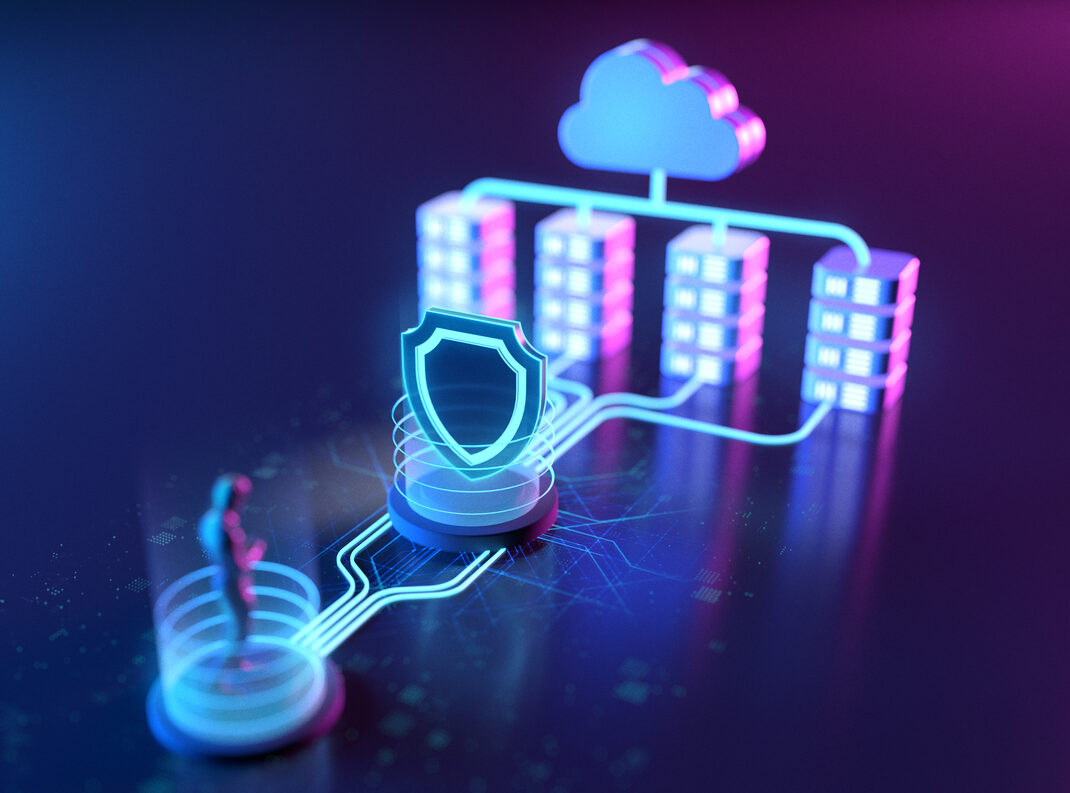Month: October 2014

Recently, Randy Ortiz, VP, data center design and engineering at Internap, met with Dan Prows, Director, U.S. Buildings Group at Morrison Hershfield, to discuss the latest in green data center design.
As a sustainability consultant who heads the LEED certification process, Dan is instrumental in working with engineering teams to build sustainable data centers that also meet performance requirements. Data centers consume an enormous amount of energy, so this must be addressed when planning for efficiency. Overall energy consumption must be considered, and choosing newer equipment with a lower operating cost can help achieve the desired results. Optimizing server and hardware performance can reduce heat, and an efficient cooling process can reduce the energy footprint of the building.
Watch the video series to learn more about green data center design.
Designing a Sustainable Data Center
How Green Data Centers use Embodied Energy
Data Center Sustainability Consultants
Explore HorizonIQ
Bare Metal
LEARN MORE
Stay Connected

We all deal with the dreaded spam emails that constantly flood our inboxes and take precious seconds of our lives to delete. But is spam a bigger problem than simply hitting the delete button? What can be done to prevent spammers?
The Cost of Spam: Impact on Corporations and ISPs
It may not seem like a big deal to check off a list of emails that are presumably spam and delete them each time you log in, but there are other problems associated with sending and receiving spam messages. Often times we don’t think about the costs associated with spam problems for corporations or Internet Service Providers (ISP). Not only does it create a problem in terms of normal email delivery, but it also can pose a problem with an influx of bandwidth usage, loss of service performance, and corporation employee productivity.
When companies have to generate spam filters and use filtering programs, legitimate emails may be misplaced into spam folders. When corporations take on clients that are spamming, it causes problems for their network and IP reputation, as well as increased costs in hiring employees solely to deal with spam and abuse complaints.
Combatting Spam: Strategies for Prevention and Mitigation
Spammers are becoming relentless in getting their bulk mailings sent out. They’re buying mailing lists from other spammers, stealing address books from compromised computers, and even guessing and test mailing random email addresses.
Additionally, they are using a variety of tricks to disguise where their messages originate. In doing so, they are relaying the messages off a third-party mail server. This causes a problem for the mail server that’s being innocently targeted because they end up dealing with the complaints and backlash for the abuse being polluted from their server.
Protecting Your Network: Best Practices Against Spam
As spammers create more and more new tricks, handling or preventing spam becomes an increasingly difficult task. Of course, spam filters will decrease the amount of mail making its way to your inbox, but you then run the risk of missing important messages.
Before allowing clients onto your network, you should review block lists to ensure their name and/or email address isn’t listed. One great option for this is the Spamhaus, ROKSO listing. Outbound spam and virus scanning can also assist in controlling the chances of outbreaks on your network. However, having a diligent team prepared to follow up with spam complaints and address them is imperative.
While this simply scratches the surface of spam issues and how to handle them, it’s important to understand that it’s a bigger problem than just deleting a chunk of unwanted emails from your inbox. Spam is not only a nuisance, but also poses significant problems for ISPs, their employees, and their clients.
Explore HorizonIQ
Bare Metal
LEARN MORE
Stay Connected

Customer spotlight: Taptica drives ROI for mobile advertisers with bare-metal servers
 As a mobile user acquisition platform, Taptica enables brands and app developers to target, engage and acquire mobile users. Founded in 2012, the company’s proprietary technology incorporates machine learning and artificial intelligence to provide meaningful insights from user data, activity and demographics.
As a mobile user acquisition platform, Taptica enables brands and app developers to target, engage and acquire mobile users. Founded in 2012, the company’s proprietary technology incorporates machine learning and artificial intelligence to provide meaningful insights from user data, activity and demographics.
Taptica receives more than 400 billion real-time ad requests per month, and the amount of big data that must be processed continues to grow as the company gains more customers and exchange partners. To accommodate the increasing volume of requests, Taptica required a high-performance, scalable infrastructure with low latency to ensure the best results for its customers.
For real-time ad exchanges and mobile advertisers, every millisecond counts. Taptica needs to ensure that ad requests are completed in less than 100ms, which requires high CPU usage and disk I/O, along with consistent performance at web scale. After conducting tests with standard third-party tools, Taptica concluded that Internap’s bare-metal servers provided the best performance regarding CPU, physical memory and disk I/O compared with the larger commodity public cloud providers they had been using. Today, Taptica has transitioned the vast majority of its infrastructure to Internap.
By running their devops and all R&D testing on Internap, Taptica can ensure the same level of performance when moving from a staging environment to live production with no surprises. Having dedicated instances that allow the company to use 100% of the CPU is critical to their operations.
400 billion requests per month and growing
Taptica also discovered that bare-metal servers from Internap are a more cost-effective option that enables scalability for future growth. While many companies choose a service provider based on their needs today, Taptica wanted an infrastructure that would not restrict business growth and expansion.
Data center locations
With a large customer and partner presence near New York, Internap’s Secaucus, N.J. data center was a logical geographic choice for Taptica. The company is currently hosted in Secaucus and Amsterdam.
With all the right locations and the best price performance, Taptica’s chief technology officer, Tomer Weizman, concluded that “Internap is the Mercedes of the data center.”
Explore HorizonIQ
Bare Metal
LEARN MORE
Stay Connected

New York Metro data center expansion: More space, higher power density and hybridization
Phase 1 Reaches Full Capacity
Less than a year after opening its doors, Phase 1 of Internap’s Secaucus, N.J. data center is almost at full capacity. Fortunately, Phase 2 has just been completed and is now ready to move in. Phase 1 included 13,000 square feet of space with 1.4 MW of power. Phase 2 development has doubled the space and power, adding another 13,000 square feet and 1.4 MW. What makes this particularly interesting though is that most of the additional 1.4 MW is going to be deployed in Phase 1. The ability to build up space and power in a modular fashion allows more flexibility in power usage for our customers. At full utilization, Phase 1 and 2 are expected to have a combined capacity of 5.6 MW.
Clear Product Differentiation in a Crowded Market
Our success in the fairly crowded New York/New Jersey data center market is a result of clear product differentiation. Over the last few years, we have been actively engaging with our customers to learn more about their high density power needs. The average draw per square foot is up 25% across all facilities, with a few markets like Silicon Valley experiencing a 40% year-over-year jump. In Secaucus, several customers are drawing 15kW/rack, and the average power draw (not provisioned or expected draw) at the facility is already upwards of 150 watts/square foot. And based on the circuits in the installation queue, it will only go higher.
Hybrid IT Infrastructure: A Key Differentiator
The ability to hybridize IT infrastructure is another key offering that differentiates our data centers in the New York Metro market. More and more customers are interested in using hybrid services within the data center, and we expect to see a larger number of AgileCLOUD customers in Phase 2 than we currently have in Phase 1.
The results that we have seen in the New York market are an incredible validation of our focus on providing value to customers even in a market that is considered to be somewhat commoditized.
Our Secaucus data center expansion allows Internap customers to get the most out of their colocation footprint today and in the future. To learn more about the benefits of high power density and hybrid capabilities, download our Next-Generation Colocation white paper.





